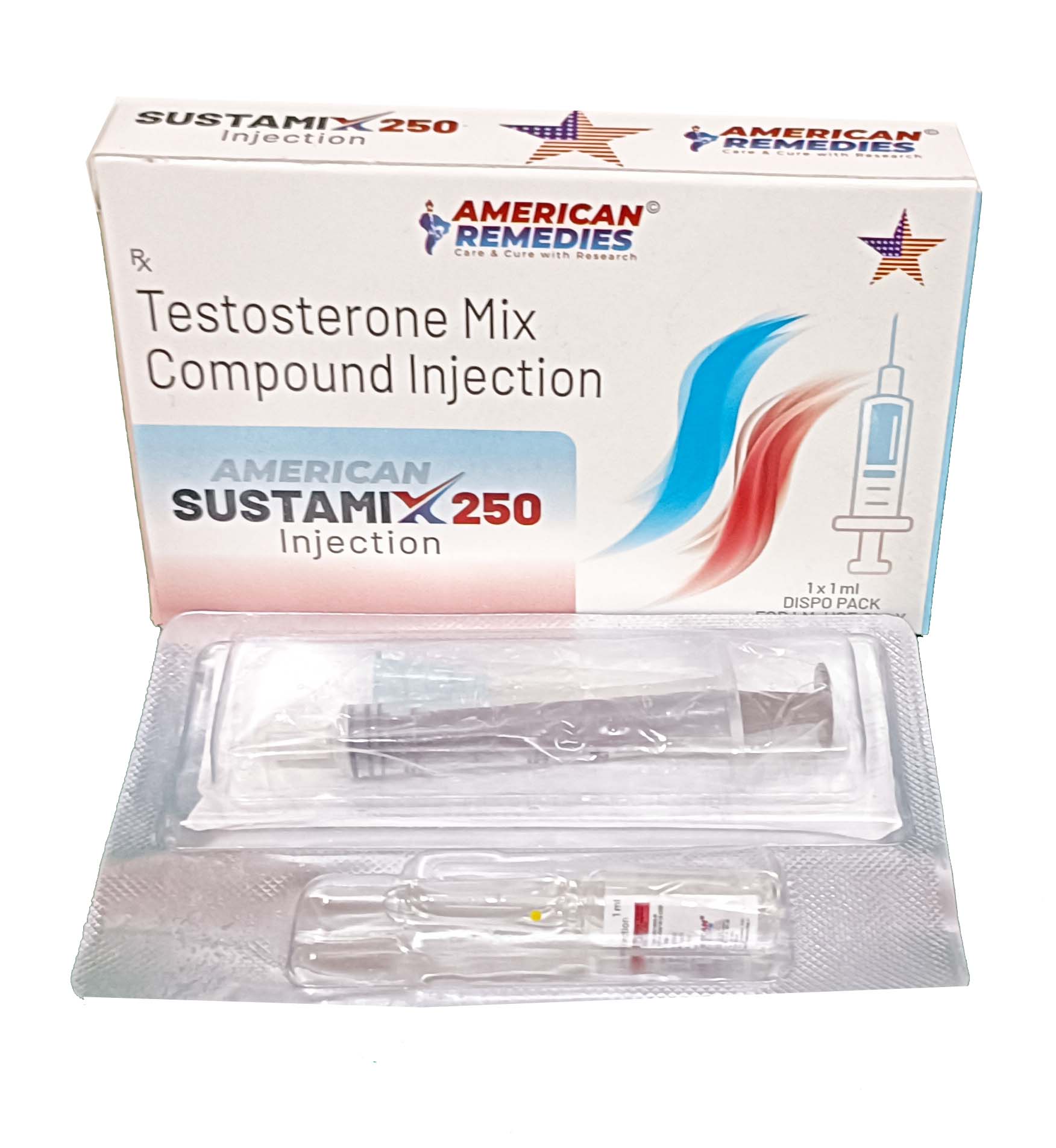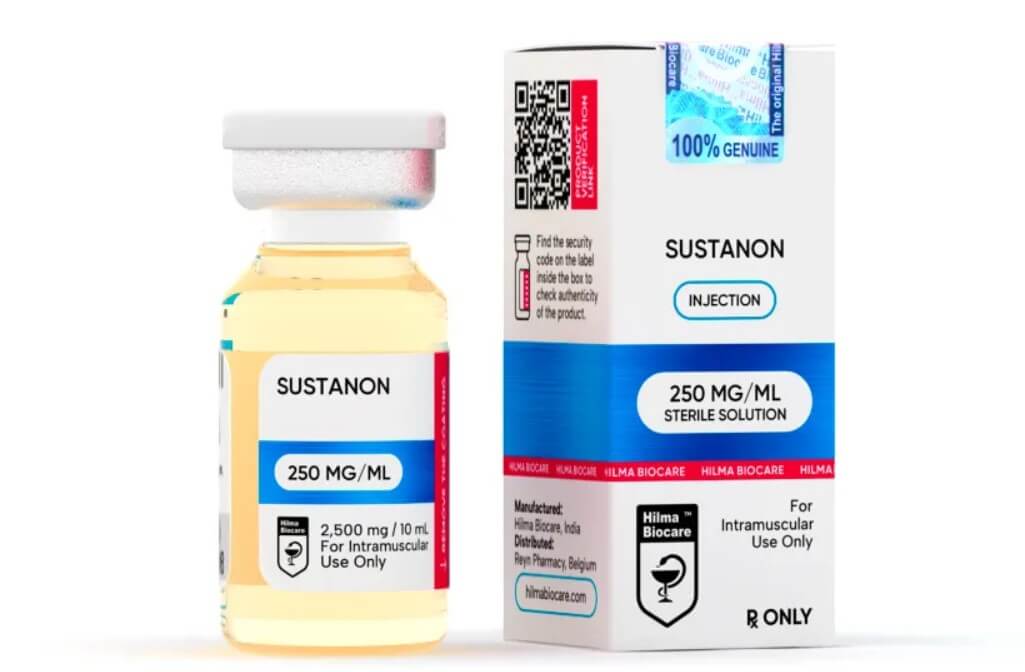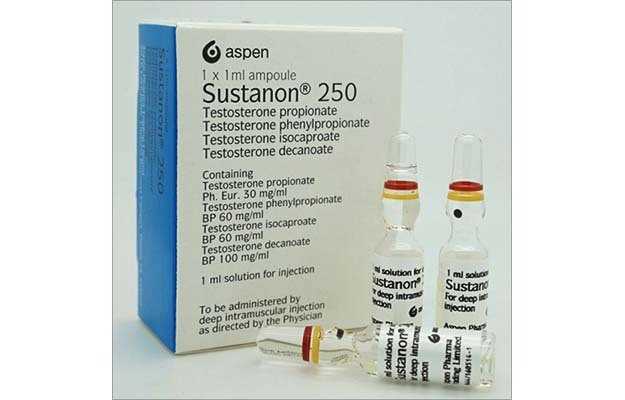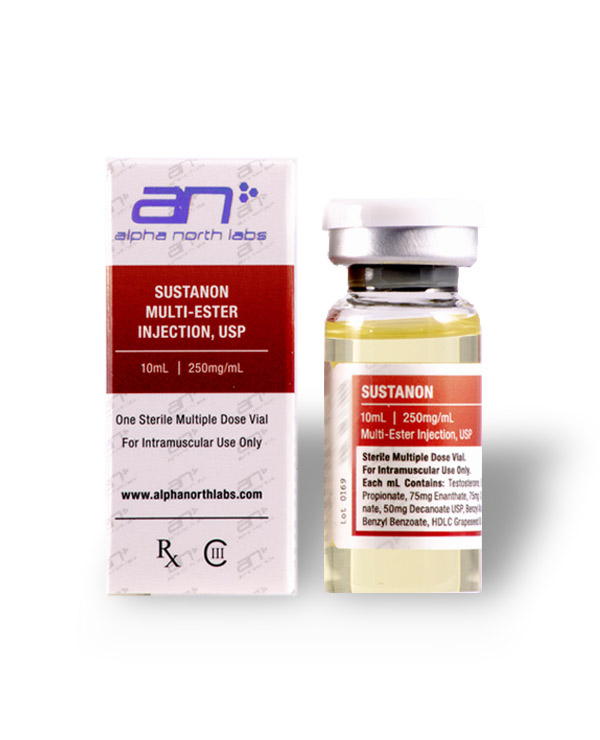How Often To Inject Sustanon 250
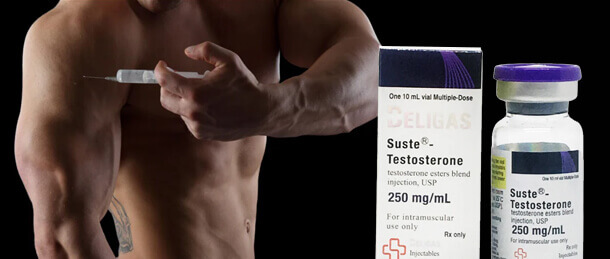
Imagine a world where vitality isn't a fading memory but a consistent companion. Picture waking each day with energy, focus, and a renewed sense of well-being. For some men, this aspiration hinges on a careful dance with hormone therapy, specifically involving the use of Sustanon 250.
The optimal frequency of Sustanon 250 injections is a nuanced topic, heavily influenced by individual physiology, treatment goals, and medical guidance. While a common starting point might be every 2-3 weeks, this article delves into the factors that determine the right schedule for achieving hormonal balance and overall well-being, emphasizing the importance of personalized medical supervision.
Understanding Sustanon 250
Sustanon 250 isn't a single entity; it's a blend of four different testosterone esters: testosterone propionate, testosterone phenylpropionate, testosterone isocaproate, and testosterone decanoate. This unique composition is designed to provide both a rapid initial rise in testosterone levels and a sustained release over a longer period.
This is in contrast to single-ester testosterone formulations, like testosterone enanthate or cypionate, which release testosterone at a more consistent rate. The combination in Sustanon aims to mimic the body's natural testosterone production more closely than a single ester alone.
The goal of Sustanon 250 injections is typically to treat conditions such as hypogonadism, where the body doesn't produce enough testosterone naturally. It can also be used in hormone replacement therapy (HRT) for men experiencing age-related decline in testosterone.
Factors Influencing Injection Frequency
Determining the right injection frequency isn't a one-size-fits-all approach. It requires careful consideration of several key factors, all under the supervision of a qualified healthcare professional.
Individual Metabolism
Each person's body processes hormones differently. Metabolic rate, age, activity level, and overall health all play a role in how quickly the body metabolizes testosterone. Someone with a faster metabolism might require more frequent injections to maintain stable levels.
Desired Testosterone Levels
The target testosterone level isn't the same for everyone. Some men may feel optimal at the lower end of the normal range, while others may need higher levels to experience the desired benefits. Regular blood tests are essential to monitor testosterone levels and adjust the injection schedule accordingly.
Symptoms and Side Effects
The appearance of symptoms related to low testosterone, even after starting treatment, indicates the need for possible adjustment. Likewise, experiencing side effects such as mood swings, acne, or fluid retention may signal that the dosage or frequency is too high and needs to be adjusted.
Ester Half-Lives
The different esters in Sustanon 250 have varying half-lives. The shorter-acting esters (propionate and phenylpropionate) provide an initial boost, while the longer-acting esters (isocaproate and decanoate) ensure sustained release. Understanding these half-lives helps determine the optimal injection interval to maintain stable testosterone levels.
General Guidelines and Common Practices
While individualization is key, some general guidelines and common practices exist regarding Sustanon 250 injection frequency.
Every 2-3 Weeks
This is a commonly prescribed starting point for many men. It often provides adequate testosterone levels for several days, followed by a gradual decline. However, some men may experience fluctuations in mood and energy levels towards the end of the interval.
Every Week
More frequent injections, such as weekly, can help maintain more stable testosterone levels and reduce fluctuations. This approach may be beneficial for men who experience significant "ups and downs" with less frequent injections. It helps in smoother hormonal balance, minimizing peaks and valleys.
Every 3.5 Days (Twice Weekly)
This injection schedule is increasingly popular, aiming for even greater stability. Injecting twice a week helps further minimize hormonal fluctuations and potentially reduce side effects. This regimented approach can be particularly useful for those sensitive to hormone level variations.
The Importance of Medical Supervision
Self-treating with Sustanon 250 or adjusting the dosage and frequency without medical guidance is strongly discouraged. This can lead to potentially serious health consequences. A qualified physician is essential for monitoring testosterone levels, assessing overall health, and making appropriate adjustments to the treatment plan.
Regular blood tests are crucial for tracking testosterone levels, estradiol levels (a form of estrogen), and other relevant markers. These tests help ensure that the dosage and frequency are optimized for individual needs and that any potential side effects are promptly addressed.
Ignoring medical advice and engaging in self-administration can result in adverse effects on cardiovascular health, liver function, and mood. It can also suppress natural testosterone production and lead to infertility.
Potential Benefits of Optimized Injection Frequency
When the injection frequency is appropriately optimized, the potential benefits of Sustanon 250 treatment can be significant. These benefits extend beyond simply increasing testosterone levels; they can profoundly impact quality of life.
Improved energy levels, enhanced mood, increased libido, improved muscle mass, and increased bone density are among the reported advantages. These benefits contribute to an overall sense of well-being and vitality.
Additionally, optimized testosterone levels can positively impact cognitive function, potentially improving focus, memory, and concentration. This leads to increased productivity and an improved ability to engage in daily activities.
Potential Risks and Side Effects
Like any medication, Sustanon 250 carries potential risks and side effects. These risks are typically manageable under medical supervision, but it is essential to be aware of them.
Some common side effects include acne, oily skin, fluid retention, and breast enlargement (gynecomastia). These are often related to elevated estrogen levels, which can occur as a result of testosterone aromatization. Medications can be prescribed to manage these side effects.
More serious risks include cardiovascular complications, such as increased blood pressure and cholesterol levels. Monitoring cardiovascular health is crucial, especially for individuals with pre-existing conditions. Additionally, Sustanon 250 can suppress natural testosterone production, which can lead to infertility.
Beyond the Injection: A Holistic Approach
While Sustanon 250 injections play a crucial role, they are only one piece of the puzzle. A holistic approach to hormone therapy involves lifestyle factors that support overall well-being.
A healthy diet, regular exercise, and adequate sleep are all essential for optimizing hormone levels and maximizing the benefits of testosterone therapy. These habits contribute to a healthy endocrine system and improve overall health.
Stress management techniques, such as meditation or yoga, can also play a significant role in hormone balance. Chronic stress can disrupt hormone production, potentially diminishing the effects of Sustanon 250.
Conclusion
The ideal injection frequency for Sustanon 250 is a deeply personal decision, guided by individual needs, medical assessment, and careful monitoring. There isn't a universally perfect frequency; it's a tailored approach to hormone management.
The journey towards hormonal balance is a collaborative one, requiring open communication between the patient and their healthcare provider. Regular blood tests, careful symptom monitoring, and a willingness to adjust the treatment plan are essential for achieving optimal results.
Ultimately, the goal is to unlock a renewed sense of vitality and well-being, empowering men to live their lives to the fullest. Always seek the guidance of a qualified healthcare professional to navigate this journey safely and effectively.







